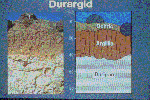 |
Durargids were Argids that had a duripan whose upper boundary is
within one meter of the surface. These soils now are classified
in the new Suborder Durids. These rock hard duripans restrict root
growth and water movement through the soil. When found at shallow
depths, they present formidable constraints for agricultural development.
These soils are best suited for use as rangelands.
|
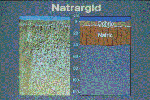 |
Natrargids are Argids with natric horizons. Normally the upper
boundary of the natric horizon lies within a few centimeters of
the surface. The agricultural use of Natrargids is limited chiefly
by the low permeability of the natric horizon.
|
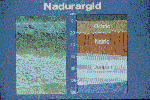 |
Some soils have both a duripan and a natric horizon. These soils
were classified as Nadurargids, but are now classified in the new
Suborder Durids. The combination of the duripan's density and the
natric horizon's low permeability makes these soils especially difficult
to manage for crop production.
|
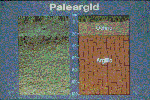 |
Paleargids are old Argids. The formative element "pale"
is derived from the Greek word paleos meaning old. Paleargids have
argillic horizons that are thick and red or have an abrupt upper
boundary. Under the 1975 edition of Soil Taxonomy, Paleargids
were soils with more than 35 per cent clay in some part of the argillic
horizon and also with an abrupt textural change in the upper part
of the profile. The soil shown here has an abrupt textural change
at the boundary of the ochric epipedon and the argillic horizon.
|
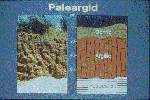 |
Petroargid is a new Great Group that was classified as Paleargid,
a soil with a petrocalcic horizon within 100 cm of the soil surface.
Petroargids have duripans, petrocalcic, or petrogypsic horizons
within 150 cm of the soil surface.
|
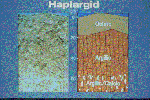 |
Haplargids are Argids that have weakly to moderately developed
argilic horizons. The "hapl" adjective is derived from
the Greek haplous meaning "simple." Haplargids
lack gypsic, salic, and cemented horizons. Consequently, these soils
normally have a high potential for agricultural development.
|

